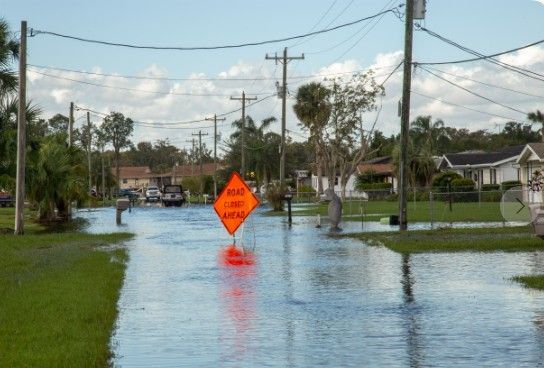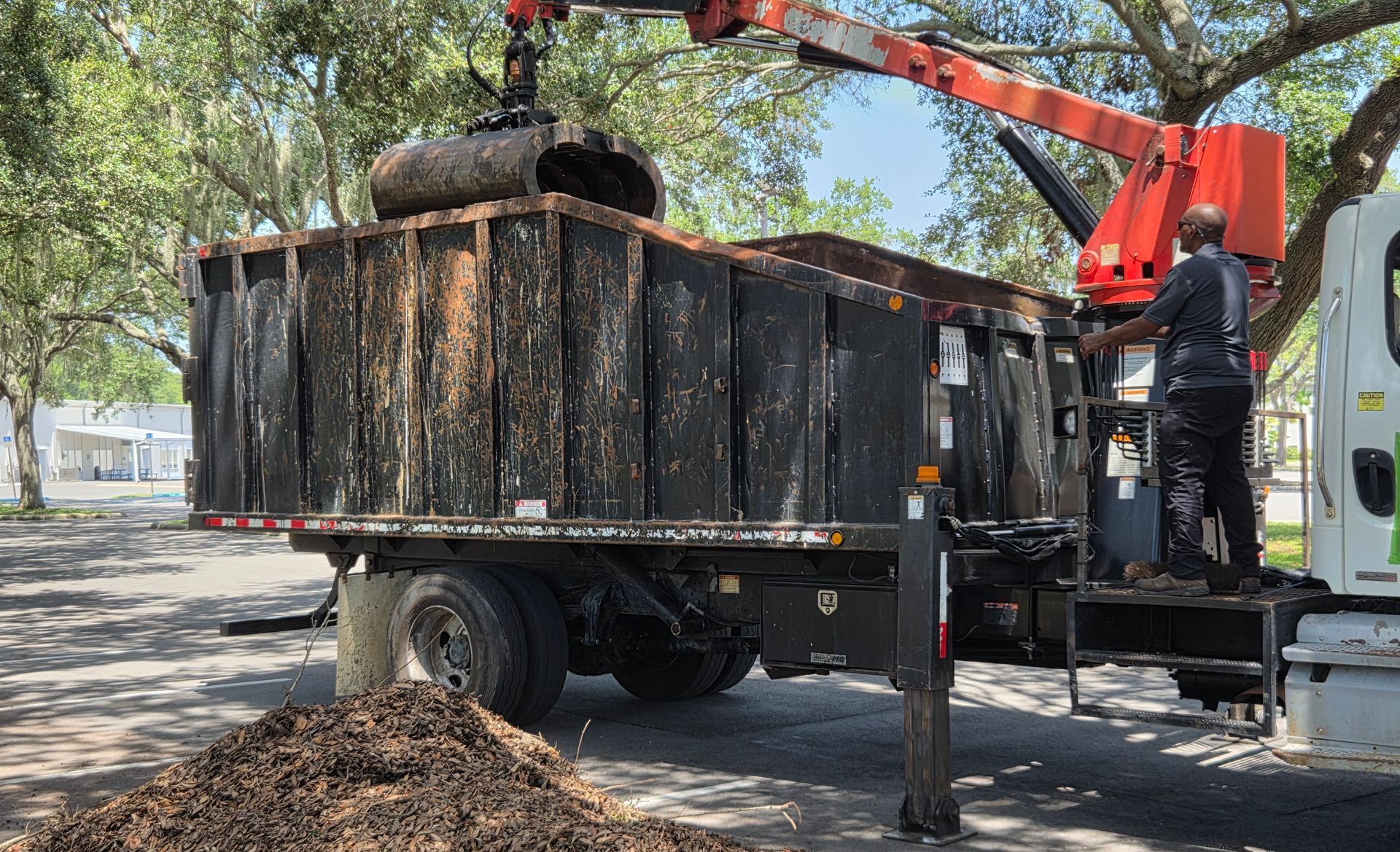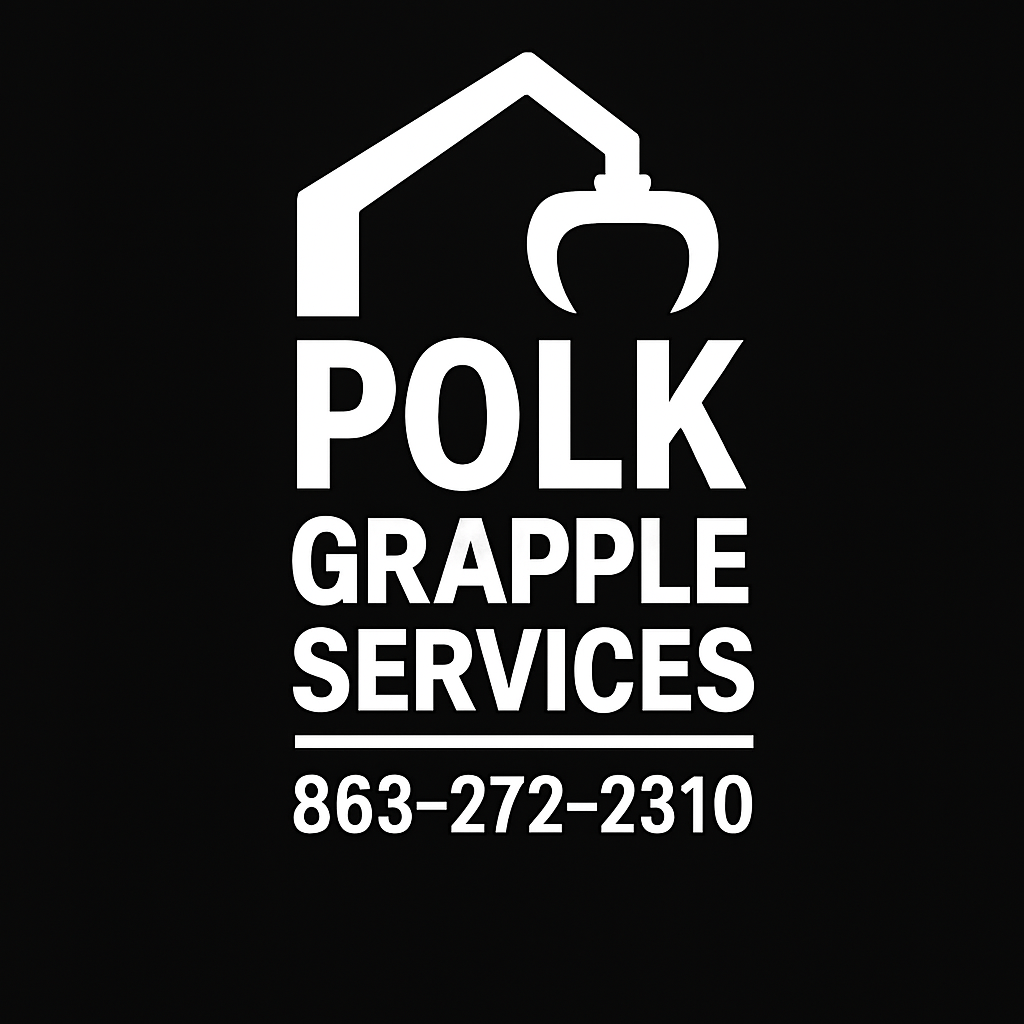Document Storm Damage for Insurance
Documenting Storm Damage After a Storm

After Hurricane Milton’s powerful winds swept through Polk County, homeowners are left with more than debris—they’re facing the critical task of documenting damage for insurance claims. Here’s how to do it right, step by step.
🌀 Why Documentation Matters
Insurance companies require clear, detailed evidence to process storm damage claims. Without proper documentation, homeowners risk delays, reduced payouts, or outright denials. In Polk County, where grapple trucks are actively clearing debris following a storm, time is of the essence to act.
📷 Step 1: Take Photos Before Cleanup Begins
Before you move a single branch or board, grab your phone or camera and start snapping.
What to capture:
- Wide shots of your entire property
- Close-ups of damaged areas (roof, siding, windows, fences)
- Interior damage (flooding, ceiling leaks, broken furniture)
- Debris piles before grapple truck pickup
- Street view showing context of damage
Tips:
- Use natural light when possible
- Include timestamps (most smartphones do this automatically)
- Take photos from multiple angles
This visual record is your strongest evidence. Don’t rely on memory—let the images speak for themselves.
📝 Step 2: Create a Damage Inventory
List every item affected by the storm. Include:
- Item name and description
- Estimated value
- Purchase date (if known)
- Condition before the storm
- Type of damage
Example:
- “Samsung 55” TV – Purchased 2022 – $600 – Water damage from roof leak”
Use a spreadsheet or notebook, whatever helps you stay organized. This inventory will support your claim and help adjusters assess losses.
🧾 Step 3: Gather Supporting Documents
Insurance adjusters love paper trails. Collect:
- Receipts for damaged items
- Home inspection reports (if available)
- Warranties or appraisals
- Previous insurance claims (if relevant)
If you hire a contractor for temporary repairs, keep those invoices too. Polk County residents often forget to save receipts for emergency tarping or tree removal—don’t make that mistake.
📞 Step 4: Contact Your Insurance Company ASAP
Most policies require prompt reporting. Call your insurer or file online, and be ready to provide:
- Policy number
- Date and time of damage
- Description of what happened
- Your documentation (photos, inventory, receipts)
Ask about next steps, including adjuster visits and deadlines. Some companies offer mobile apps for uploading photos and tracking claims.
🧑💼 Step 5: Meet the Adjuster Prepared
When the insurance adjuster arrives:
- Walk them through the damage
- Share your photo documentation and inventory
- Point out hidden damage (attic leaks, foundation cracks)
- Ask questions about coverage and timelines
Be polite but assertive. You’re not just showing damage—you’re advocating for a fair payout.
🛠️ Step 6: Don’t Rush Repairs Without Approval
Unless it’s an emergency (like stopping a leak), wait for your insurer’s green light before making permanent repairs. Otherwise, you risk voiding parts of your claim.
Emergency repairs you can make:
- Tarping a roof
- Boarding up broken windows
- Removing hazardous debris
Keep receipts and take photos before and after.
🧑⚖️ Step 7: Consider a Public Adjuster or Attorney
If your claim is denied or underpaid, you may want professional help. Polk County has several licensed public adjusters and hurricane damage attorneys who specialize in storm-related claims.
They can:
- Review your policy
- Negotiate with insurers
- Represent you in disputes
This is especially helpful for large claims or complex damage.
🏁 Final Thoughts
Documenting storm damage isn’t just paperwork—it’s your path to recovery. With clear photos, organized records, and proactive communication, Polk County homeowners can navigate insurance claims with confidence.
Checklist Recap:
✅ Take photos before cleanup
✅ Create a damage inventory
✅ Save receipts and documents
✅ Contact your insurer promptly
✅ Meet the adjuster prepared
✅ Delay non-emergency repairs
Polk Grapple Services is here to support your cleanup efforts. Let us handle the heavy lifting while you focus on protecting your home and family.


